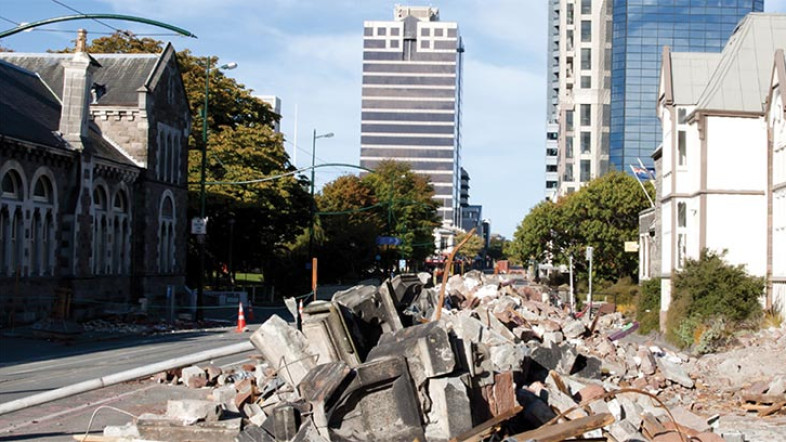Guidance for decision-makers and territorial authorities
About this document
Introduction
This guide describes the roles and responsibilities of central and local government, and of other agencies, for managing buildings affected by an emergency, from the initial response right through to recovery.
It explains how territorial authorities should plan for, and carry out, rapid building assessments. It also provides guidance on the use of emergency powers to keep people safe in and around buildings, remove or reduce risks, and enable the long-term use or occupation of affected buildings.
Contents
The guide is in three parts.
A. How buildings are managed in an emergency and who is responsible:
-
Describes the purpose and scope of the guide and outlines responsibilities under the National Civil Defence Emergency Management Plan (section 1)
-
Provides an overview of the process for managing buildings in an emergency and during the recovery, roles and responsibilities for doing so, and resources needed to support this (section 2)
-
Outlines the core legislation for managing buildings in an emergency (section 3).
B. Preparing for and managing buildings in an emergency:
-
Readiness – steps for territorial authorities, including developing a building assessment plan, identifying key people, and checking training and resources (section 4)
-
Response – establishing and managing a rapid building assessment operation or carrying out other building checks as appropriate, placarding, cordoning, urgent works such stabilisation/demolition, seeking further information from building owners as necessary (section 5)
-
Recovery and risk reduction – monitoring damaged buildings, enabling repairs to remove or reduce risks and enable long-term use or occupation, removing placards/cordons, learning from the event and implementing changes (section 6).
C. Appendices
- References and resources for managing buildings in an emergency, including readiness and response checklists.
Disclaimer: This document is a guide only. It should not be used as a substitute for legislation or legal advice. Under section 175(2) of the Building Act, the Ministry of Business, Innovation and Employment is not responsible for the results of any actions taken on the basis of information in this document, or for any errors or omissions.
Building Act powers for managing buildings in an emergency forms
- Form for directing owner to give information [DOC 30KB]
- Form for directing owner to carry out works to remove or reduce risks [DOC 32KB]
- Form for directing owner to carry out works for long-term use or occupation of a building [DOC 32KB]
More information
Further information and resources for managing buildings in an emergency
